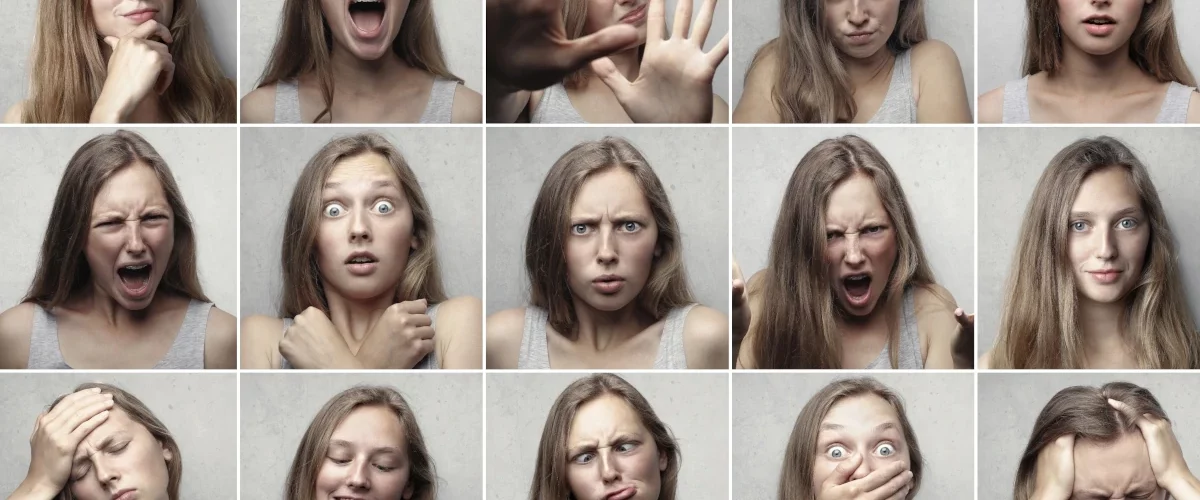Art has long been recognized as a powerful medium for evoking and expressing emotion. From ancient cave paintings to contemporary installations, art has the unique ability to connect with our deepest feelings, stirring our senses and touching our souls. In this article, we will explore the profound impact of art on our emotions, delving into the ways in which art has the power to evoke and express a wide range of feelings. We will also discuss the benefits that individuals can experience through engaging with art, from personal reflection and catharsis to enhanced emotional well-being.
Evoking Emotion Through Art
Art has a remarkable ability to evoke emotions within us. Through the use of color, composition, subject matter, and various artistic techniques, artists create visual representations that resonate on an emotional level. Consider the vibrant and energetic brushstrokes of Vincent van Gogh’s “Starry Night,” which elicit a sense of wonder and awe. The painting’s swirling sky and expressive strokes transport viewers into a realm of emotion, evoking a range of feelings such as joy, tranquility, and even a touch of melancholy.
Similarly, art can evoke emotions through its subject matter. A thought-provoking sculpture, a poignant photograph, or a captivating dance performance can all stir deep emotions within us. For example, Edvard Munch’s famous painting, “The Scream,” with its distorted figures and haunting colors, elicits a visceral response of fear and anguish. The power of art lies in its ability to tap into our shared human experiences and evoke emotions that transcend language and cultural barriers.
Expressing Feelings Through Art
Art also serves as a powerful means of expressing our own emotions and experiences. Whether through painting, writing, music, or dance, art provides an outlet for individuals to channel and communicate their innermost feelings. Artists often use their creative endeavors as a form of self-expression, allowing them to give voice to their emotions, thoughts, and personal narratives.
Take, for instance, Frida Kahlo, a renowned Mexican artist known for her deeply personal and introspective paintings. Through her self-portraits, Kahlo bared her physical and emotional pain, laying bare her struggles with identity, relationships, and physical ailments. Each stroke of her brush became a conduit for expressing her pain, resilience, and unwavering spirit. Kahlo’s art became a therapeutic and cathartic process, enabling her to confront her emotions and find solace in creativity.
The Benefits of Engaging with Art
Engaging with art and emotion, whether as creators or observers, offers numerous benefits for our emotional well-being. Here are some of the ways in which art can positively impact our emotions and overall mental health:
- Emotional Release and Catharsis: Art provides a safe and expressive outlet for releasing pent-up emotions and finding catharsis. Creating or experiencing art can help individuals process and navigate complex feelings, offering a sense of release and relief.
- Self-Reflection and Insight: Engaging with art allows individuals to delve into their own emotions and gain insights into their thoughts, experiences, and inner world. Art prompts self-reflection, encouraging individuals to explore their feelings and gain a deeper understanding of themselves.
- Empathy and Connection: Art has the power to foster empathy and create a sense of connection with others. By evoking shared emotions and experiences, art helps us relate to and understand the feelings of others, promoting compassion and a sense of shared humanity.
- Stress Reduction and Relaxation: Immersing oneself in art can have a calming and soothing effect on the mind and body. Whether through creating art or engaging with it, the process can promote relaxation, reduce stress, and provide a much-needed respite from daily pressures.
- Emotional Resilience and Coping: Art can enhance emotional resilience and coping skills, offering individuals an alternative means of processing and managing difficult emotions. Through art, individuals can find solace, gain a sense of control, and develop adaptive ways of expressing and dealing with their feelings.
Conclusion
Art has a profound impact on our emotions. Moreover, serving as a powerful tool for evoking and expressing a wide range of feelings. From the evocative strokes of a brush to the poignant lyrics of a song, art has the ability to touch our hearts, stir our souls, and connect us on a deeply emotional level. Engaging with art can provide numerous benefits, including emotional release, self-reflection, empathy, stress reduction, and enhanced emotional well-being. So, whether you are an artist or an art enthusiast, allow yourself to immerse in the transformative power of art and experience the emotional journey it can offer.
